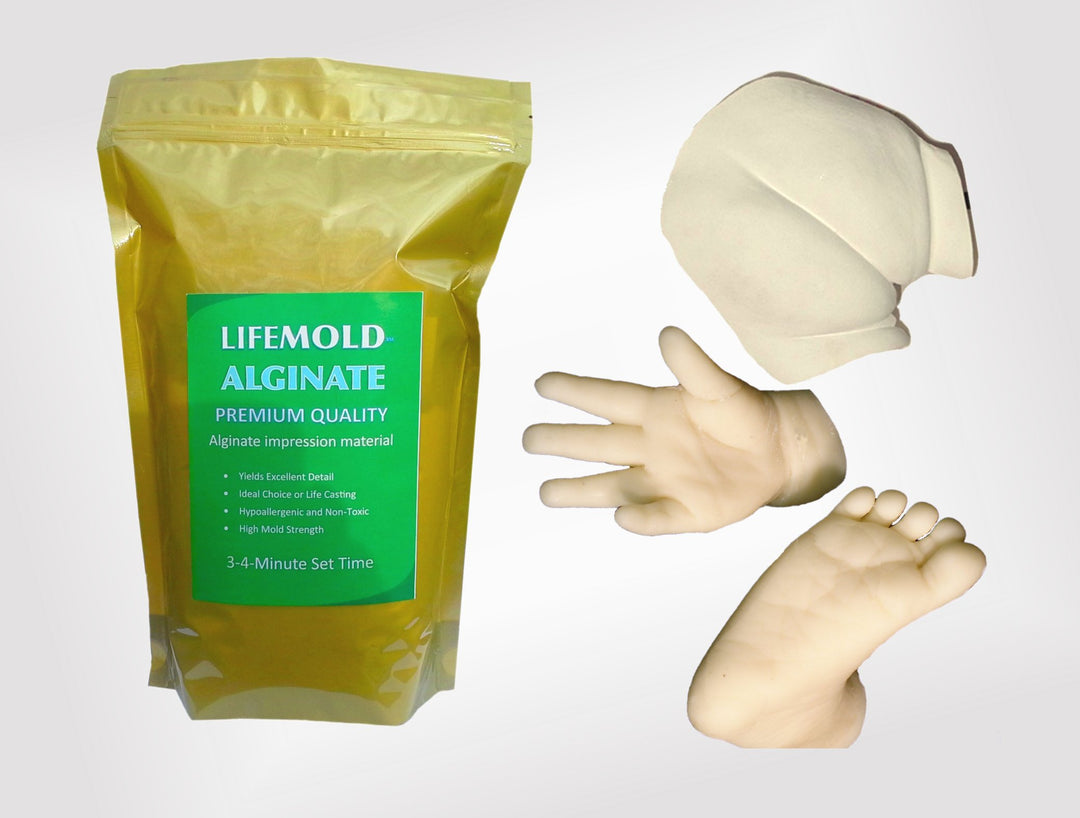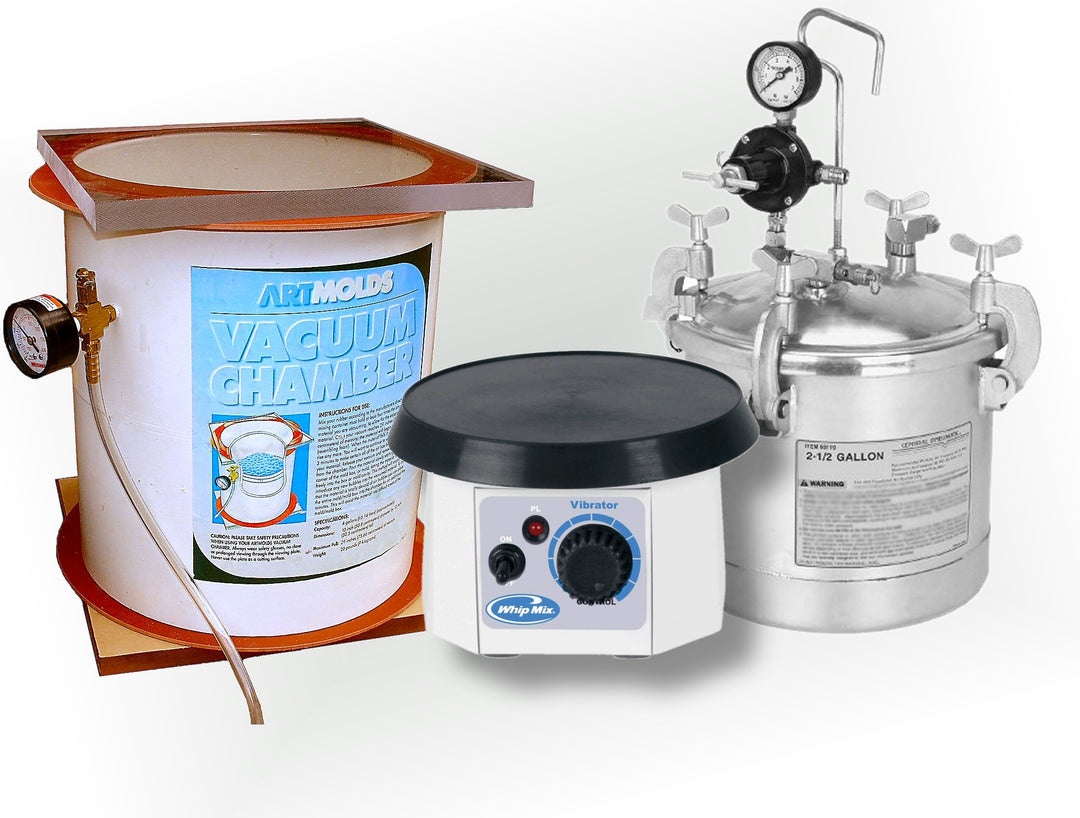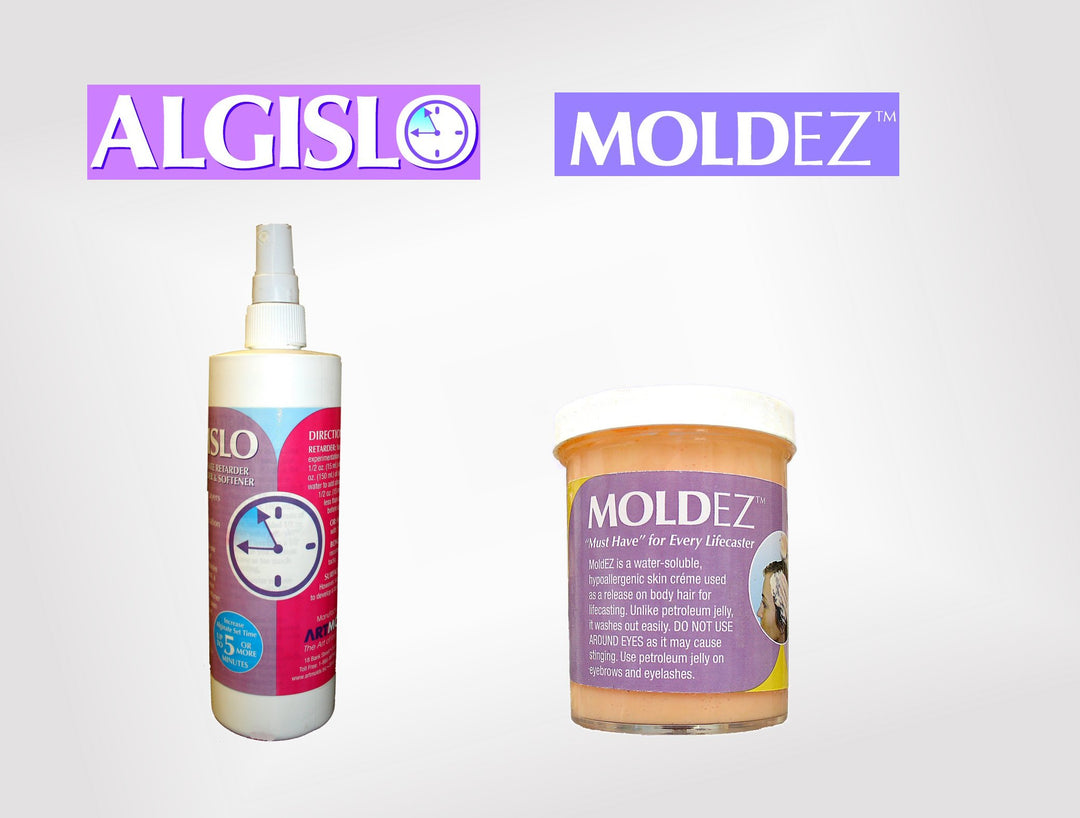Glove Mold - ArtMolds

Figure 1
A glove mold is a type of a blanket mold and it is one of the simplest mold forms, yet it can provide highly artistic results.
In our example we will make a mold of a small figurine – in this case it is an Egyptian statue. To make a glove mold, the model must not have deep undercuts, nor can it have any through holes, such as spaces between arms or legs. If there are such holes you can plug them with modeling clay before you apply the latex.
Latex glove mold is is easy to create using Kreemtex liquid latex mold making latex. But you must apply 10to 12 coats of latex allowing each layer to dry in between coats. This does take a bit of time as each coat takes about three hours to dry. We also show you how to reinforce the mold with cheese cloth. This creates a much longer lasting mold as it will prevent tearing when you are continuously casting and de-molding. Though you don’t have to reinforce the latex mold if you will only use it a few times, it is a good practice to do so.

Figure 1
You will need a model and Kreemtex Latex (1-pint). You will also require a few inexpensive paint bushes – a 1-inch and a 2-inch brush will do. Latex washes out with water so you can reuse them. You will need some cardboard for a base and a hot glue gun to attach your model to it so it will not move. Begin by making you perimeter for your mold.

Figure 2
Position your model on a flat piece of cardboard so you have about two inches between the model and the edges of cardboard. Use your glue gun to glue the model to the cardboard. Then cut 4-pieces of cardboard about an inch high and glue them around the perimeter of the model about 1-inch out from the model.

Figure 3
Once the perimeter wall is in place open your KreemTex Latex and using a small brush begin applying from the top down. The first coat is the most important one as it is the ‘face’ coat. Paint the entire model with the latex, making certain you get into all the small crevices and under cuts.

Figure 4
Cover your model completely. This initial coat is the first of between 10 to12 applications to build up the thickness of the mold. Make certain you also coat the cardboard at the base of the model up to the wall. This will become your molding flange later.
Figure 5

Figure 6
There are now nine applications of latex applied to the model. Note the yellow cast of the material is the dried latex. The white is latex that has yet to dry. Latex dries in contact with air so that thicker applications take longer it takes to dry than thinner coats. That is why latex cannot be poured as the center will not cure unless exposed to air.





